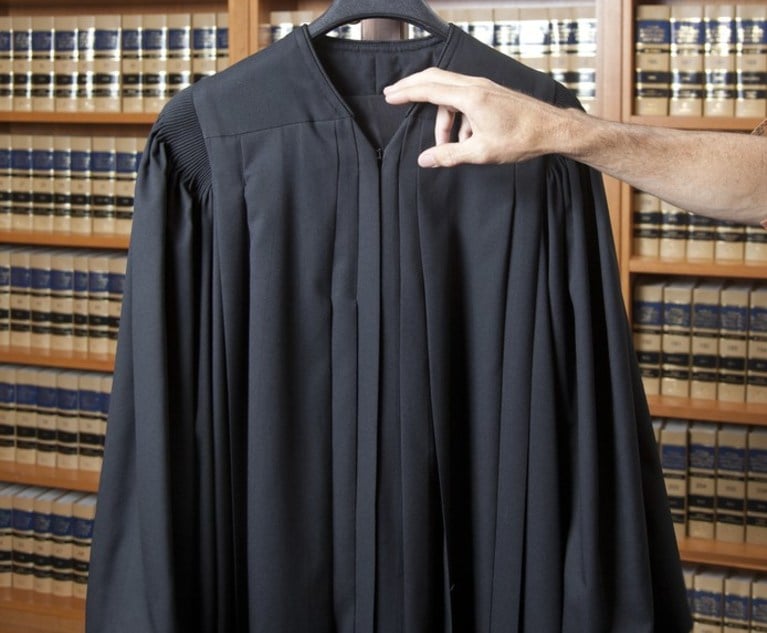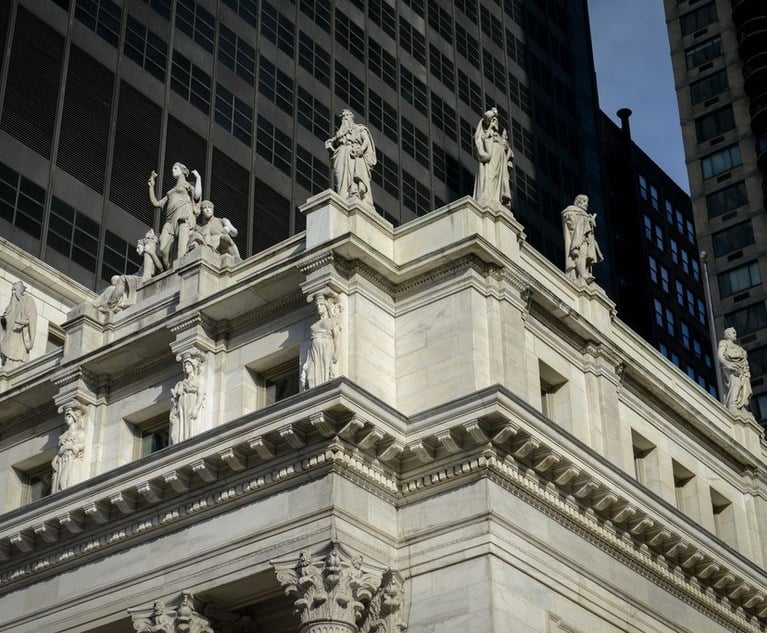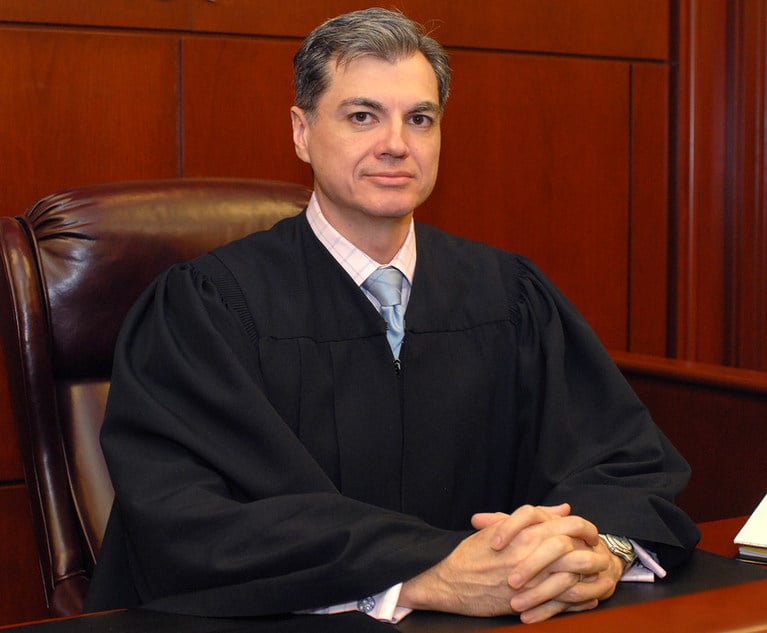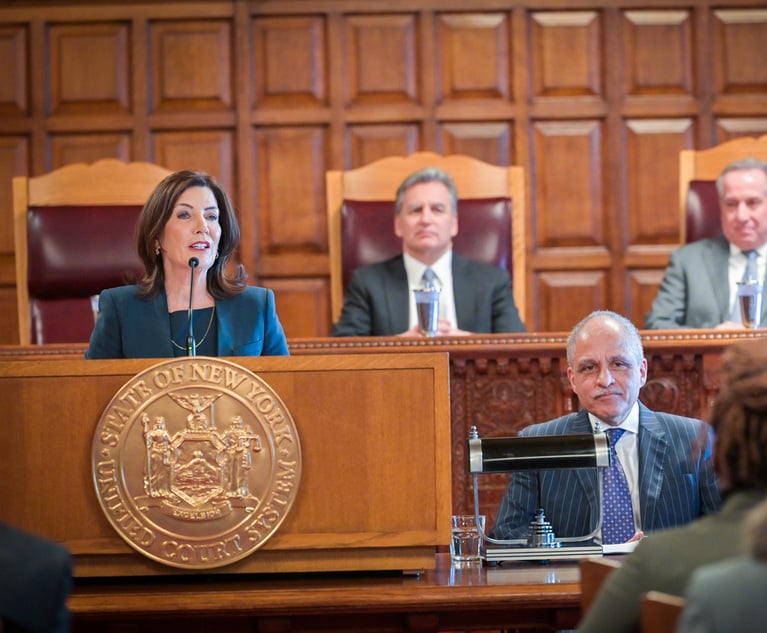The proposal would require justices in the 100 highest volume town and village courts to be admitted to practice law in New York for at least five years as of the date they commence the duties of the judicial office.
The bill would take effect on Jan. 1, but it wouldn’t immediately oust a sitting judge who’s not an attorney. Bill language states that it would target commencement of the next judicial term of office, following the designation of a court with a high volume caseload, as determined by the Office of Court Administration.
Since smaller localities lack the resources and docket to attract an attorney to serve as the town or village justice, the bill imposes the requirement on only those localities that have the largest number of cases, state Sen. Sean Ryan, D-Buffalo, a bill sponsor, said.
This is meant to maximize the number of defendants who appear before judges who are qualified as attorneys without putting an undue burden on smaller localities, he said.
There are nearly 1,200 town and village courts in New York, and Ryan said the Empire State is one of only eight states in the union that allow judges who aren’t lawyers to sentence people to jail.
“Cases that come before town and village courts are complex: evictions, contract disputes, and many, many, many criminal cases,” Ryan, who once worked as an attorney for the Legal Aid Bureau of Buffalo, said on the Senate floor.
According to the state court system, there are 1,744 town and village judges throughout New York, of which 700 are attorneys and 1,044 are non-attorneys.
Court system spokesman Lucian Chalfen said: “While OCA does not take any substantive position on the bill and notes that we offer resources and extensive training to the judges assigned to these important courts, the judges would continue to be paid by the local municipalities.”
Asked why New York has non-lawyers as judges in the first place, Chalfen explained that justice courts developed over centuries, and “in many small jurisdictions, it has been difficult to find attorneys to preside over these, often, part-time courts.”
Certainly, non-lawyers make for the bulk of the sanctions levied by the New York State Commission on Judicial Conduct since it came into existence in 1978.
Of the 179 judges removed from office during that time, 132 were from town and village courts, of which 118 were not lawyers, according to the commission’s reporting.
The commission publicly censured 348 judges, with 240 from town and village courts, of which 210 were nonlawyers.
The commission admonished 281 judges, with 184 from town and village courts, of which 154 were not attorneys.
Lastly, of the 127 New York judges who resigned from office while under investigation by the commission, 104 were from town and village courts, of which 78 were not lawyers.
Ryan said that having an attorney in a criminal case is a constitutional right recognized by the Supreme Court in Gideon v. Wainwright in 1963.


 Hand and judicial robe photo illustration..Photo by Jason Doiy and S. Todd Rogers.8-29-13.062-2013.
Hand and judicial robe photo illustration..Photo by Jason Doiy and S. Todd Rogers.8-29-13.062-2013.





